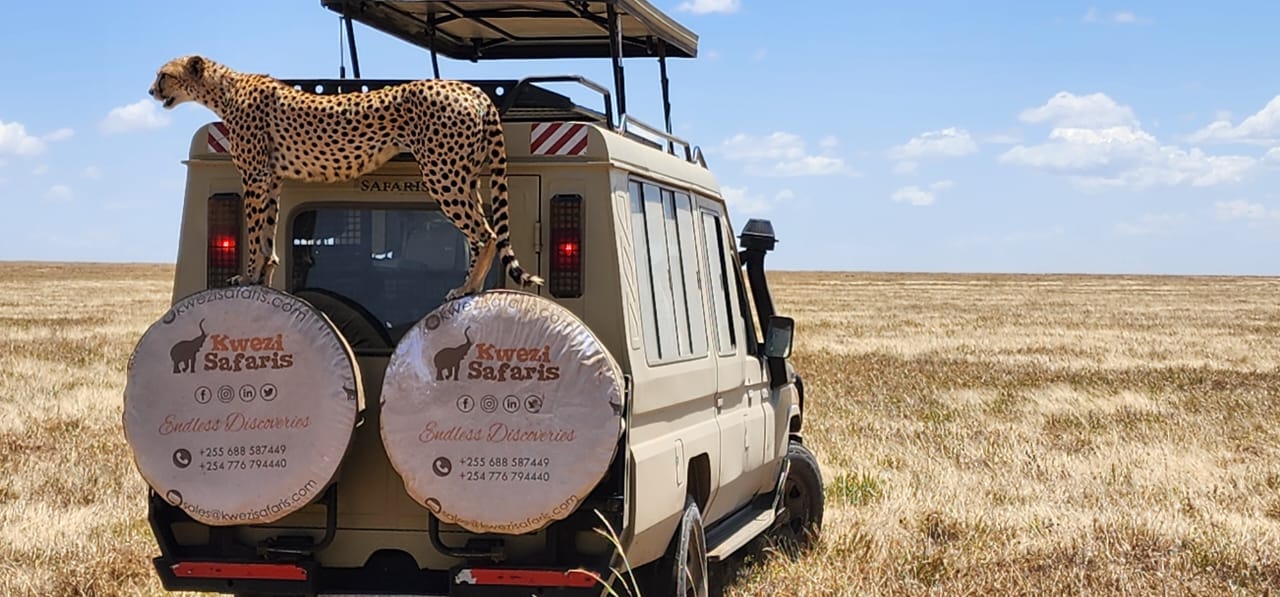When is the best time to visit Tanzania? It’s a good question – and like most good questions a tricky one to answer, mainly because different areas in Tanzania have different attractions at different times of the year.
The best time to visit Tanzania for a safari is during the dry season from late June to October. This is when wildlife viewing is generally at its best. This is also the best time to see the wildebeest migration in Serengeti National Park.
The most reliable time to see the wildebeest calving is January to February. The Southern and Western circuit parks are best visited during the Dry season (June to October), unlike the more popular Northern circuit parks that can be visited year-round Tanzania has two distinct rainy seasons: April to May (the ‘long rains’) and November to December (the ‘short rains’). Generally, the country’s ‘long rains’ produce tropical downpours in the afternoons and some safari camps may close. The ‘short rains’ bring about the occasional brief shower.
If you prefer a more secluded experience, consider visiting during the short rainy season from the end of October to December.
If possible, you’ll want to avoid visiting during the long rainy season in April and May. The rains are often heavy and sudden, which can result in activities being cancelled last minute.
The best time to visit Tanzania will depend on where you want to go and what you want to see. For first-time safari goers, the best time to visit Tanzania is usually during the dry season, as wildlife is easier to track and spot. Whether you’re visiting Tanzania for the first time, understanding the difference between the safari high season and low season is a great place to start.
VISIT TANZANIA IN JANUARY
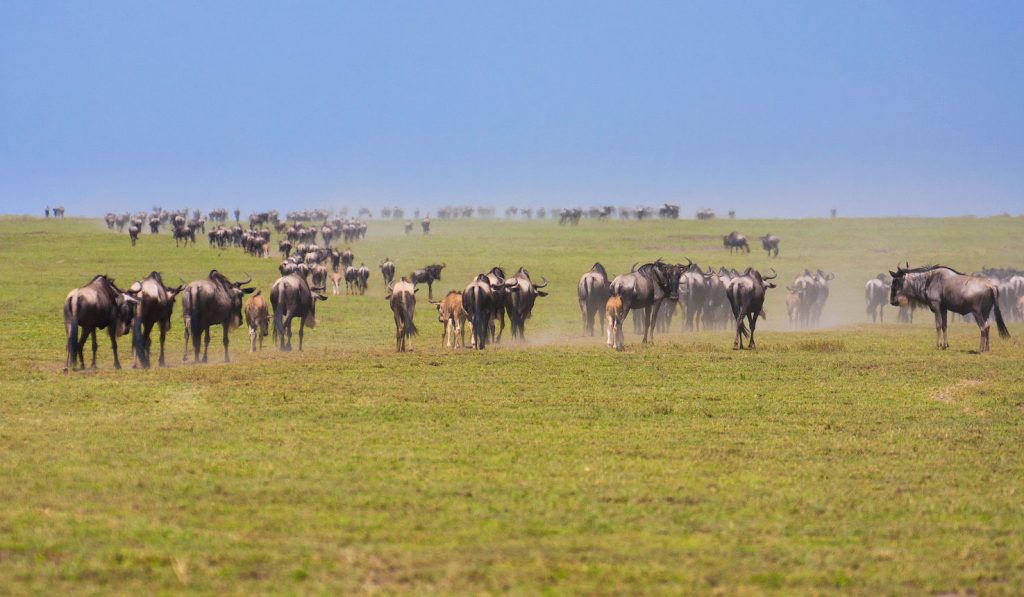
January is fairly dry and hot, as the temperatures start rising after the short rains in November and December. January also sees the western parks such as Gombe, Mahale and Kavati likely to have continuous rain throughout; trekking surfaces can become muddy and sometimes even impassable so chimpanzee treks are more difficult. Despite humidity also being very high, you don’t feel the heat so much at Ngorongoro Crater due to the high altitude, this is probably the best place to spot rhinos.
There is a chance of some short showers, but they usually occur at night.
It is the calving season on the Ndutu Plains, so visiting in January, especially towards the end of the month, is a great time to see wildebeest abound.
If you want to combine your safari trip to Tanzania with a beach visit, January is a good time to head to Zanzibar, the sea breeze tempering the high humidity making it a pleasant place to soak up some winter sun.
WHAT TO EXPECT IN FEBRUARY ON A VISIT TO TANZANIA
As with January, the rains depend on your whereabouts in Tanzania. Northern parks are likely to see drier periods while western parks remain fairly rainy throughout.
February is the best time of year to see wildebeest calving; you may have the opportunity to watch young take their first steps. This usually happens in Ndutu in the southern part of the Serengeti where millions of wildebeest congregate to feed on the grasses and give birth to their calves, around 500,000 wildebeest calves are born. Although they can be somewhat unpredictable, Greater and Lesser flamingos around Lake Natron at this time of year
VISIT TANZANIA IN MARCH
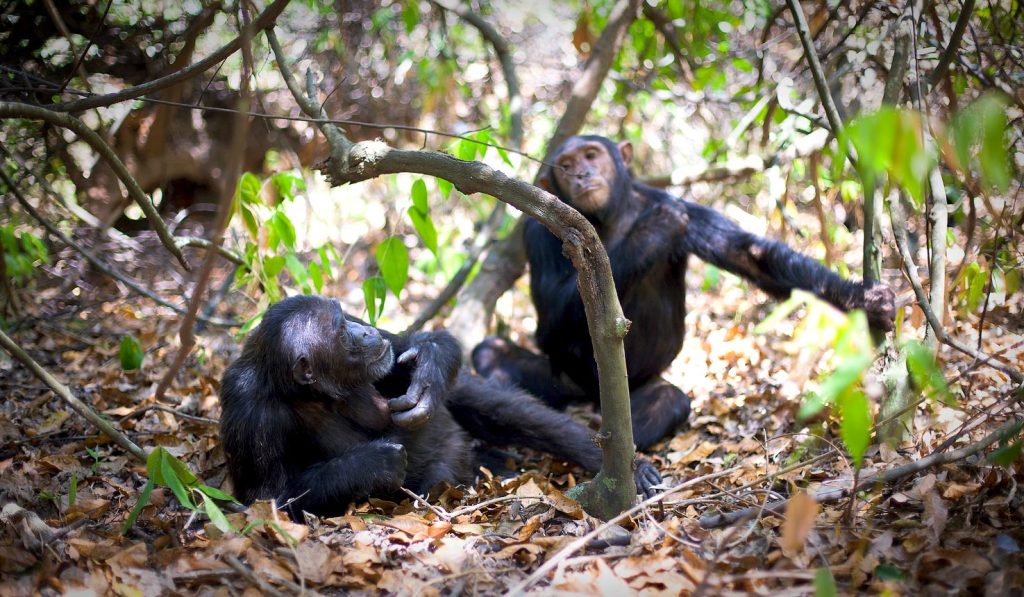
The beginning of the month is still great for trekking, safaris and beach trips. However, towards the end of the month, there is a higher chance of rain as Tanzania moves into the long rainy season.
Heavy rains tend to begin in March, bringing with them much more cloud coverage and even higher humidity. Although the rains are unlikely to last all day, they can be frequent and are likely to occur most days throughout the month. Some roads may become inaccessible during this time and some lodges and camps may even close down during this time, please ask our experts for their advice on the best parks to visit. Lush green landscapes are abundant and flowers are blooming, creating fantastic backdrops for your safari drives and photographs.
VISITING TANZANIA IN APRIL AND MAY
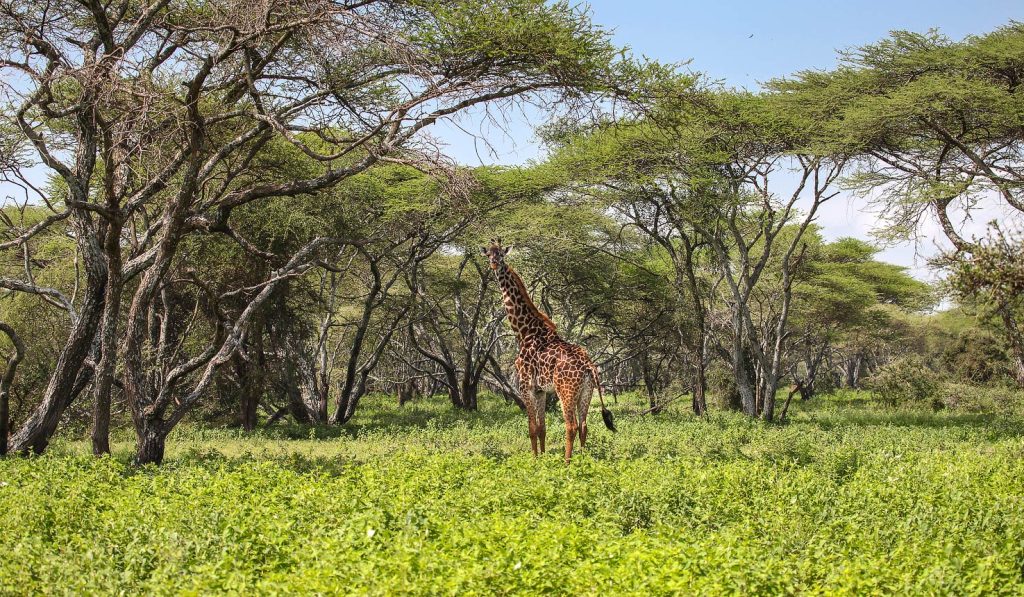
April is by far the wettest month of the year and while the rains predominantly come in the form of afternoon thundershowers, it’s not unusual to have big storms at night, as well as plenty of grey days. The western and southern parks have the highest humidity of the year, but accommodations and Tanzania tours offer great value for money if you visit Tanzania during this time.
The beginning of May is still very wet, but things do start to dry out towards the end of the month as June welcomes in the dry season. During this month, the Great Migration is trekking from the southern Serengeti to the western corridor.
VISITING TANZANIA IN JUNE
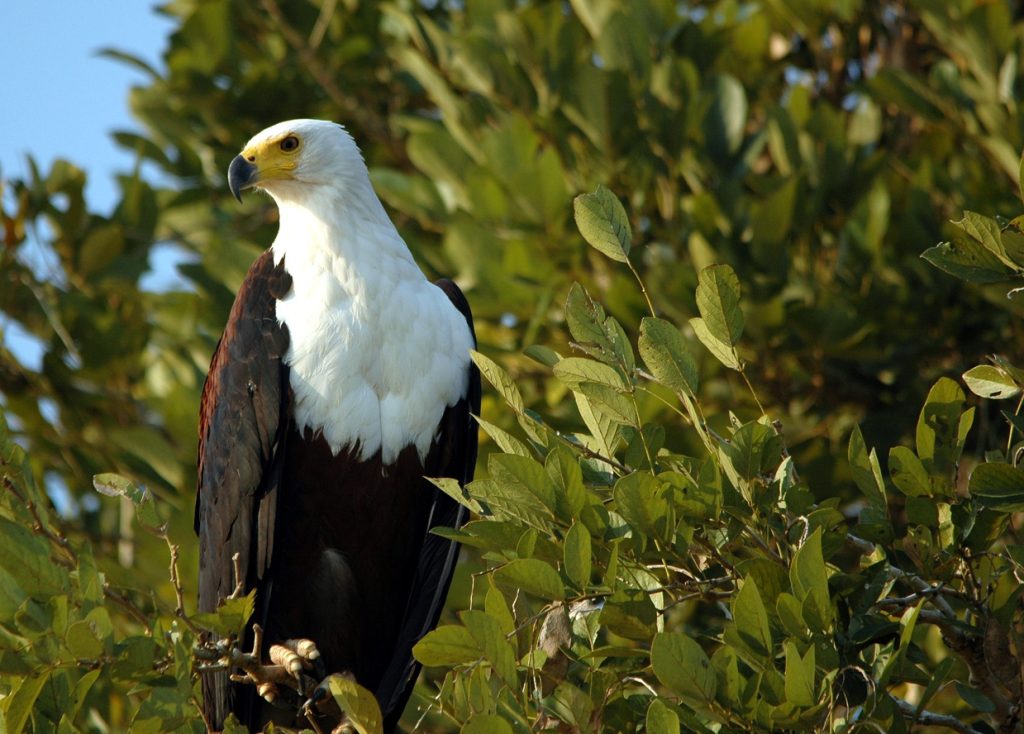
This is the green season, bringing lush grasses and bush that can make spotting game more difficult. However, this is still a wonderful time to travel — particularly for bird watchers as parks are full of migratory birds; especially in the south.
In June, thousands of wildebeest stop at Grumeti River to build up numbers before attempting to cross the river. Many cross successfully, however, if you’re in the right place you may spot a crocodile attempting to take down a wildebeest.
As the sun comes out to dry up the landscapes, Katavi and Mahale become accessible once again and large herds of buffalo can be easily spotted in the open landscapes.
VISITING TANZANIA IN JULY
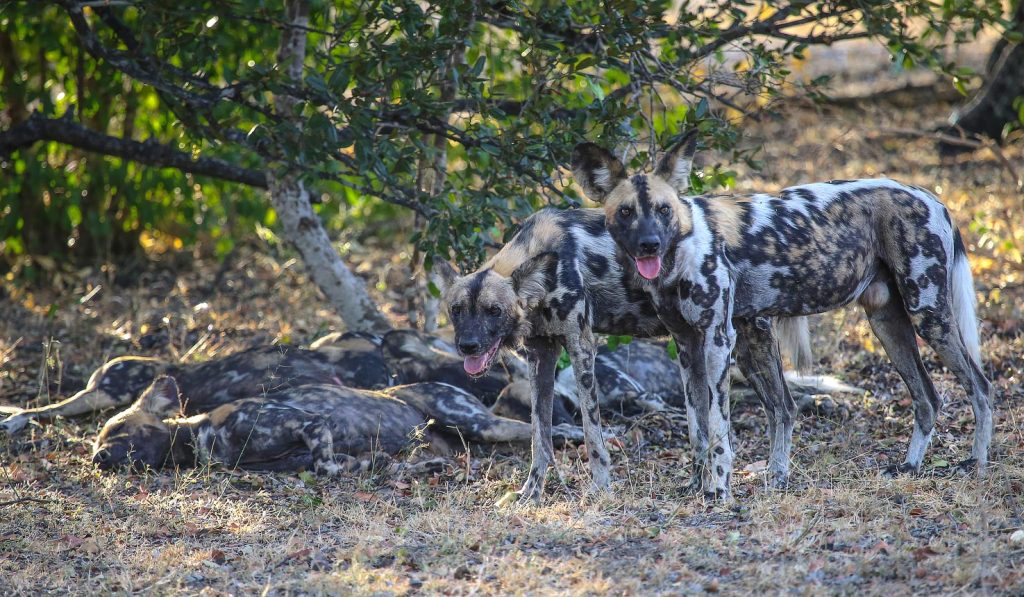
This is the start of the peak season. The Migration is in the north of the Serengeti moving toward Kenya, and elephants gather in Tarangire. The land is getting drier and spotting games is becoming easier. Temperatures are in the high 20°Cs to early 30°Cs and the humidity is low.
If you want to see chimpanzees, head to the southern and western parks which are also quieter; Mahale Mountains and Gombe National Park have the highest number of wild chimpanzees.
July is the driest month of all in Tanzania which means that the ground is very dry, creating clouds of dust when driving through the plains. We recommend wearing sunglasses and a light scarf to use when out on game drives.
BEST TIME TO VISIT TANZANIA IS AUGUST
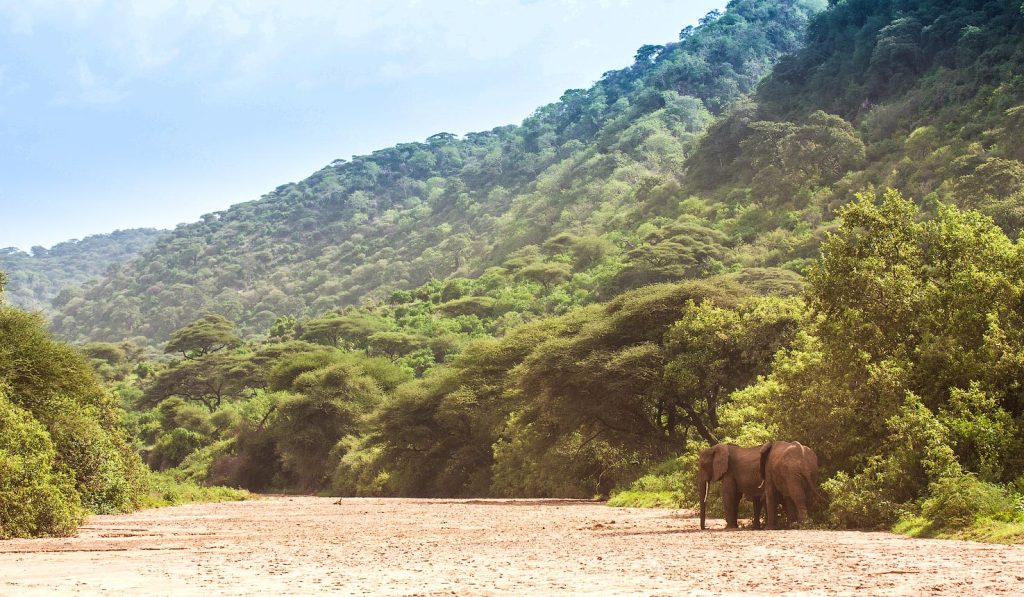
August is a great time to visit Tanzania. The climate continues to be dry and warm and the pleasant temperatures enhance your experience; although wildebeest and zebra are likely to have moved on to Kenya during this time, other animals and predators will still be present in Tanzania and the parks remain relatively quiet.
Wildlife starts searching for water sources, making their movements predictable for guides, and giving you a greater chance of seeing The Big Five.
Flamingos also arrive in high numbers at Lake Natron, where they can find food and shelter at the otherwise eerie lake.
Diving enthusiasts are happiest in August to September when the water is especially clear. Turtles also hatch on the Indian Ocean islands.
VISITING TANZANIA IN SEPTEMBER

The last month of the peak season, September can be quite busy, and prices are still high. The migratory herds of wildebeest and Zebra are spread out across the Serengeti. The end of the migration is still in the north, with herds on both sides of the Kenya and Tanzania borders and high numbers of elephants in Tarangire. The northern circuit can be very busy, but it is less busy in the south, so for those who want to avoid crowds it’s best to visit the southern parks.
The latter end of the dry season also sees the beginning of better sea visibility off the coast of Zanzibar, making it an excellent time to snorkel and dive. You may also observe turtles hatching. In September, the East Coast hosts the Bagamoyo Arts Festival, which celebrates traditional dance, music, and performances as well as art exhibitions and workshops.
VISIT TANZANIA IN OCTOBER
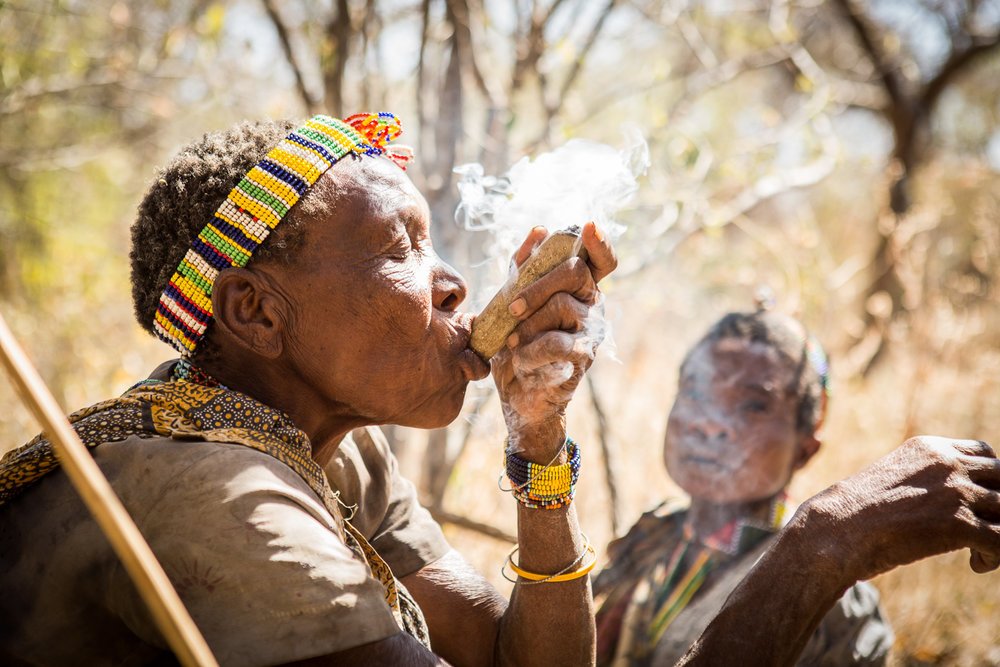
In October, Mahale is still fully accessible so a great time to see the chimpanzees. Make the most of the dried-up landscapes in Katavi before the rains begin, with spectacular large groups of elephants and game viewing gathering around the Katuma River.
October is the best time to visit Arusha National Park and if you want to, climb Mount Meru. Although wildlife viewing is not as highly regarded here as it is in other parks, there is still the possibility of seeing leopards and hyenas at dusk and dawn.
WHAT TO EXPECT IN NOVEMBER
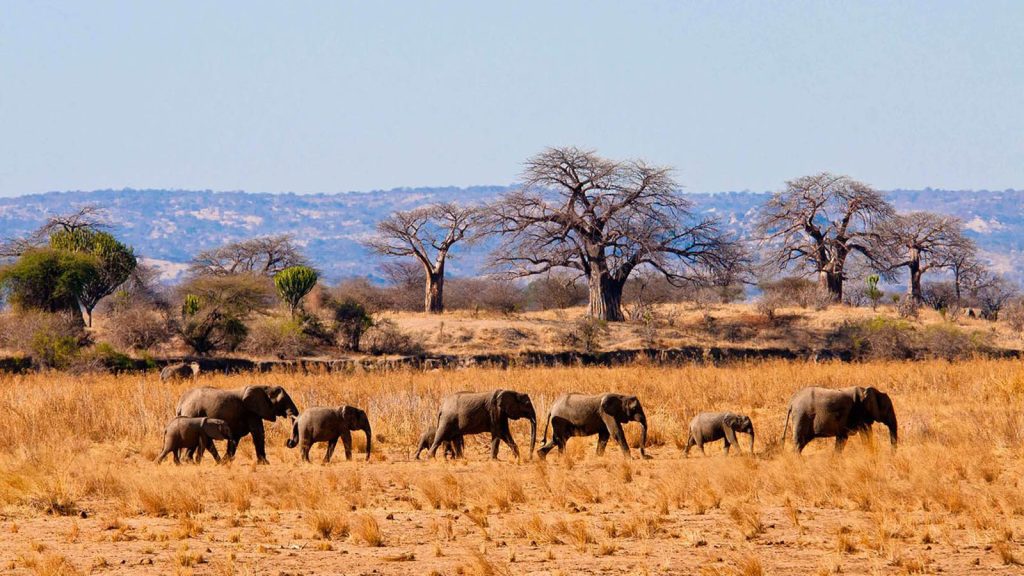
Depending on where you are, November sees the start of the short rains. Generally, the northern parks are good for game year-round and although the Serengeti receives rain, this means the wildebeest will be moving south across the plains to make the most of this moisture.
Tarangire National Park particularly hots up from November onwards with humidity joining the rains throughout summer but offers great game numbers. Kaskazi winds blow in from the north-east from November onwards which are relatively dry, helping to temper the intense humidity. To avoid the ranis, head down to Selous where the dry landscapes last until December.
November sees plenty of predators seeking out newborn herbivores as the rainy season starts, and fewer safari vehicles about which makes for a much more intimate game-viewing experience.
Zanzibar does receive significant rainfall which is extremely unpredictable but visibility is still good on the coast and the billfish marlin fishing season begins around the middle of the month.
VISITING TANZANIA IN DECEMBER
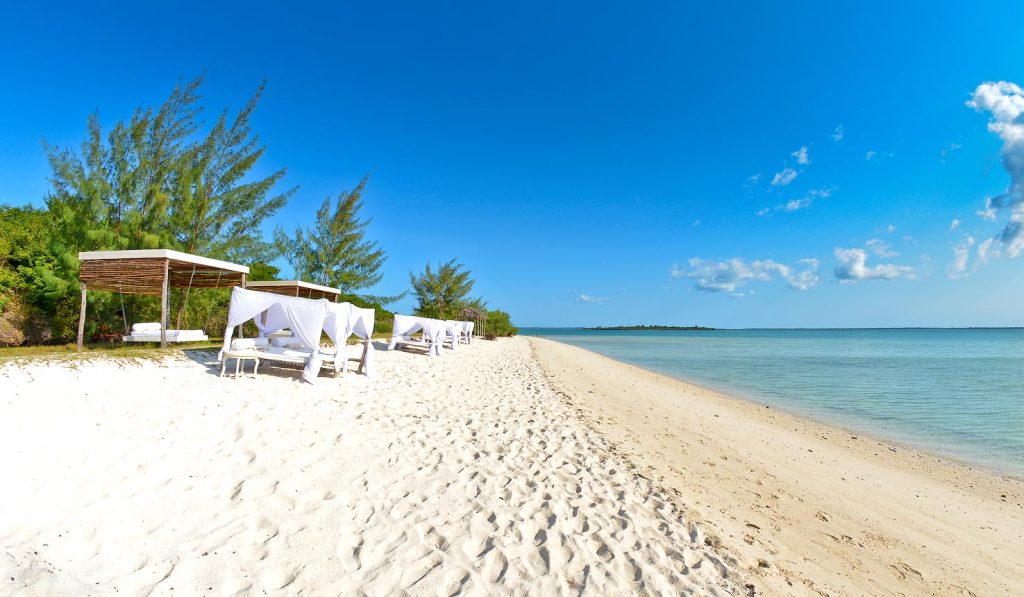
Depending on where you are, November sees the start of the short rains. Generally, the northern parks are good for game year-round and although the Serengeti receives rain, this means the wildebeest will be moving south across the plains to make the most of this moisture.
Tarangire National Park particularly hots up from November onwards with humidity joining the rains throughout summer but offers great game numbers. Kaskazi winds blow in from the north-east from November onwards which are relatively dry, helping to temper the intense humidity. To avoid the ranis, head down to Selous where the dry landscapes last until December.
November sees plenty of predators seeking out newborn herbivores as the rainy season starts, and fewer safari vehicles about which makes for a much more intimate game-viewing experience.
Zanzibar does receive significant rainfall which is extremely unpredictable but visibility is still good on the coast and the billfish marlin fishing season begins around the middle of the month.
Can't decide on when to visit Tanzania? Get in touch with our team
Chat with someone who’s been there. Get in touch with one of our Africa Safari Experts to help tailor-make a trip to Tanzania that’s right for you.


